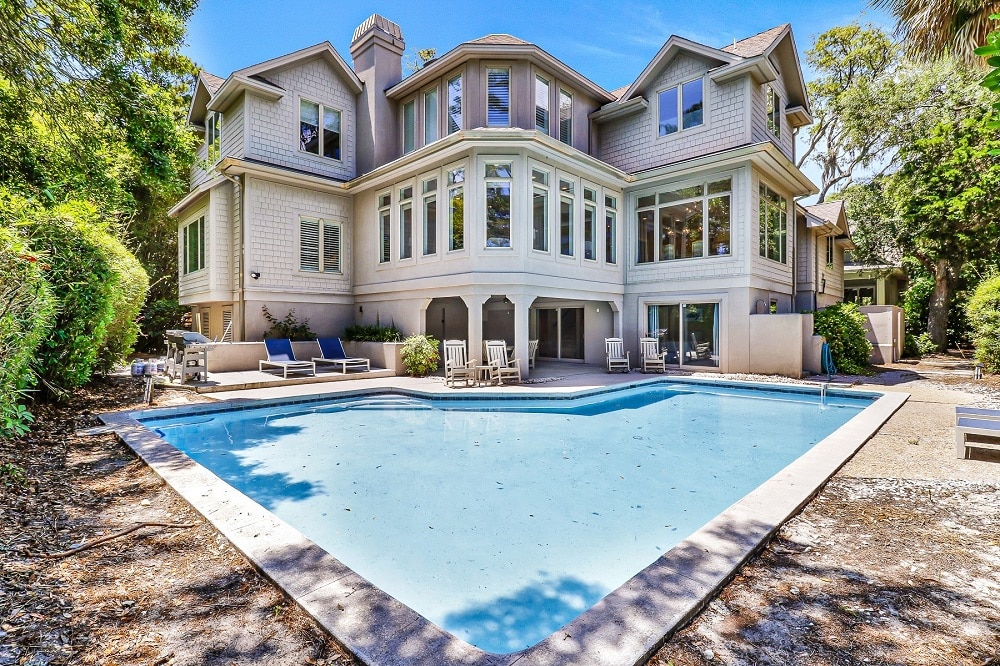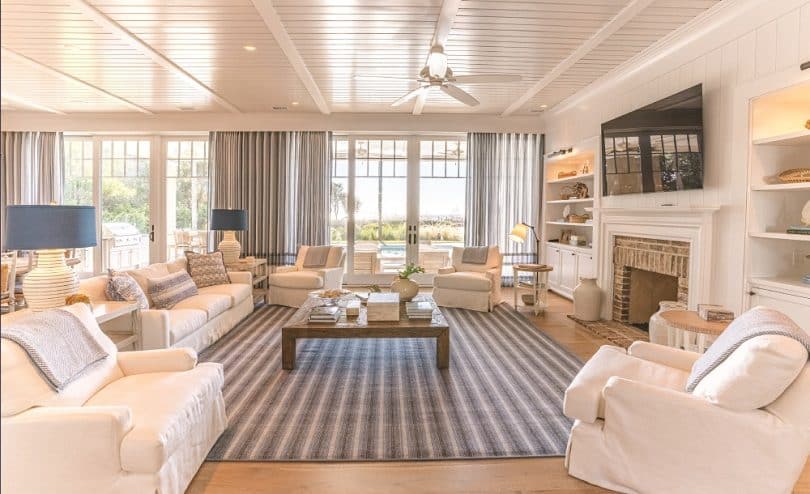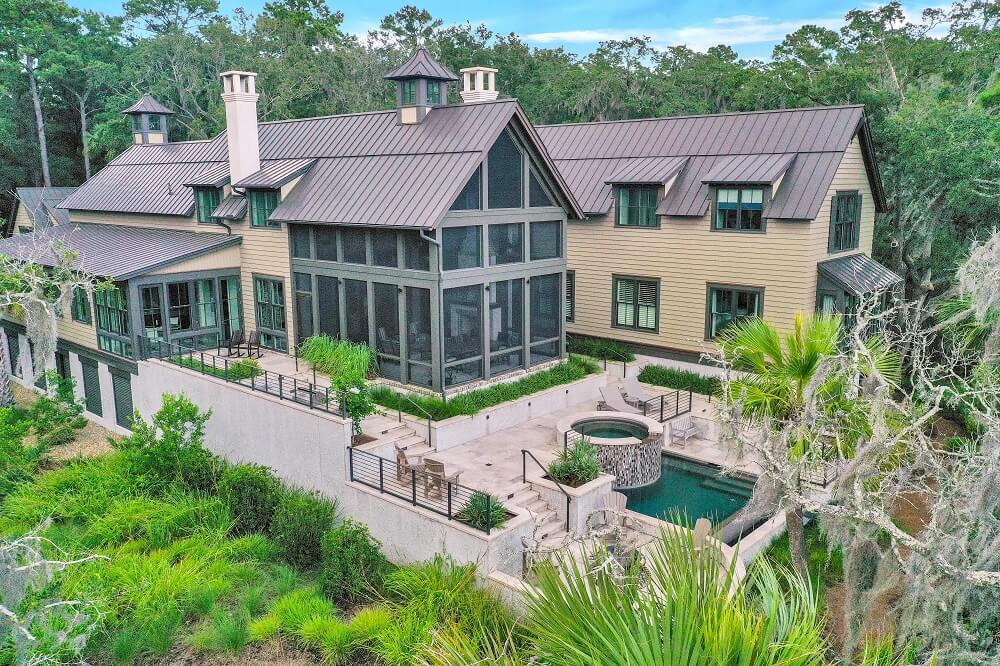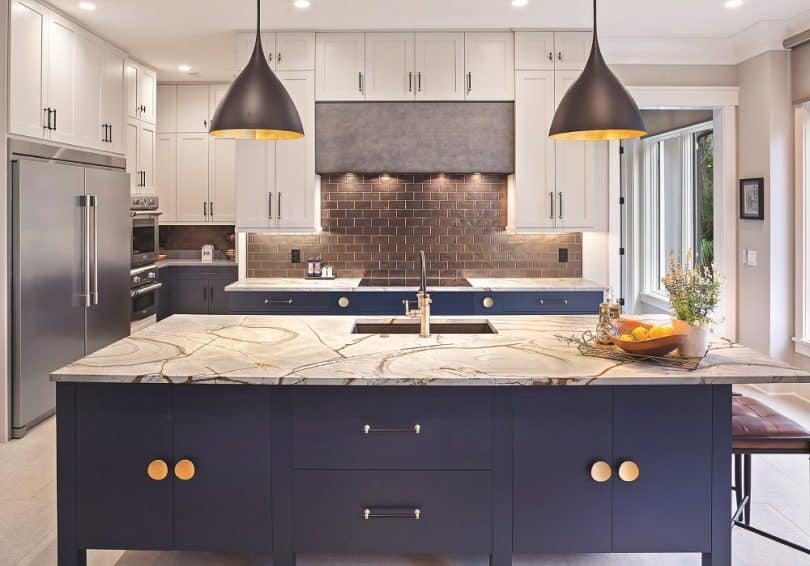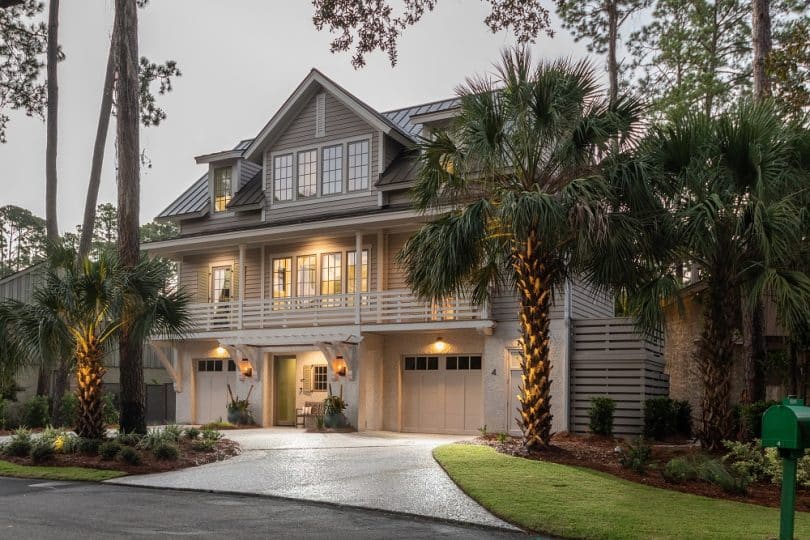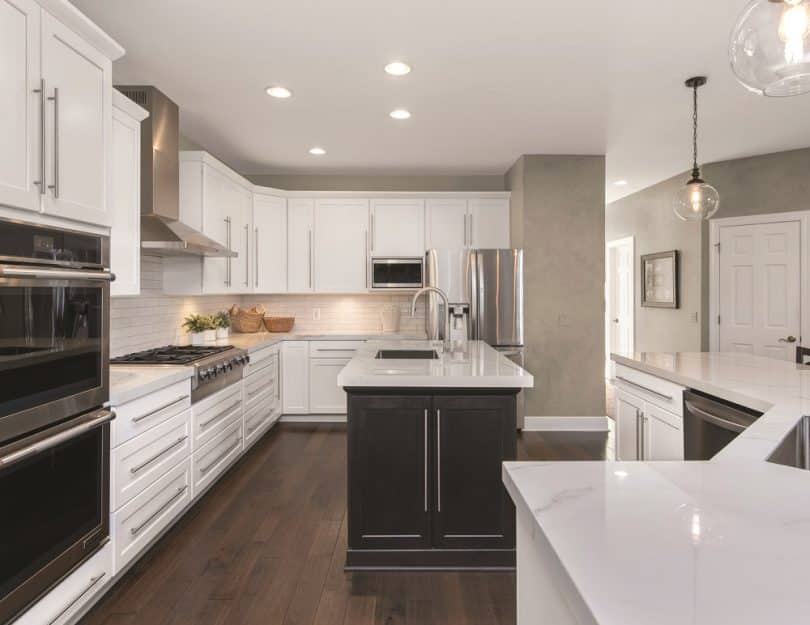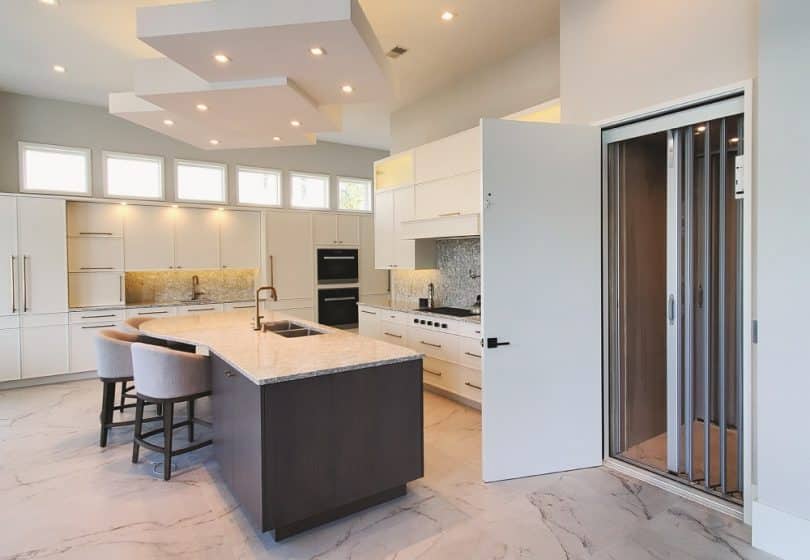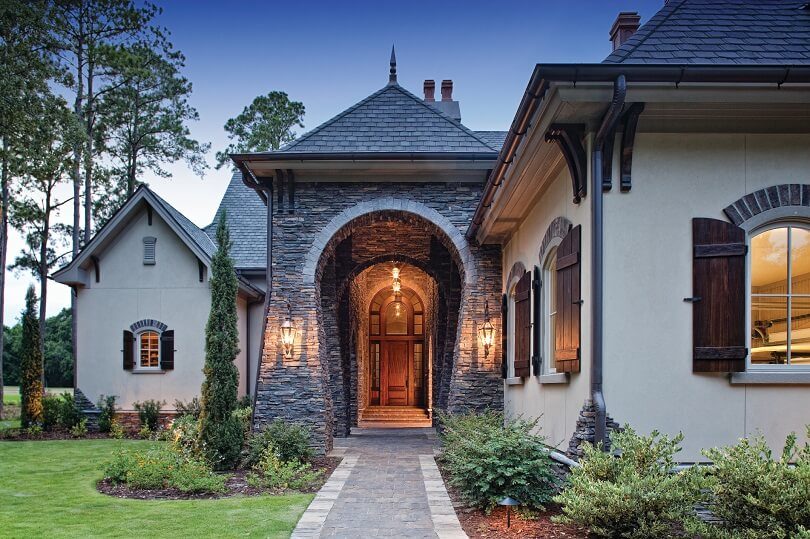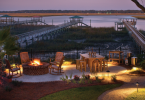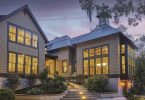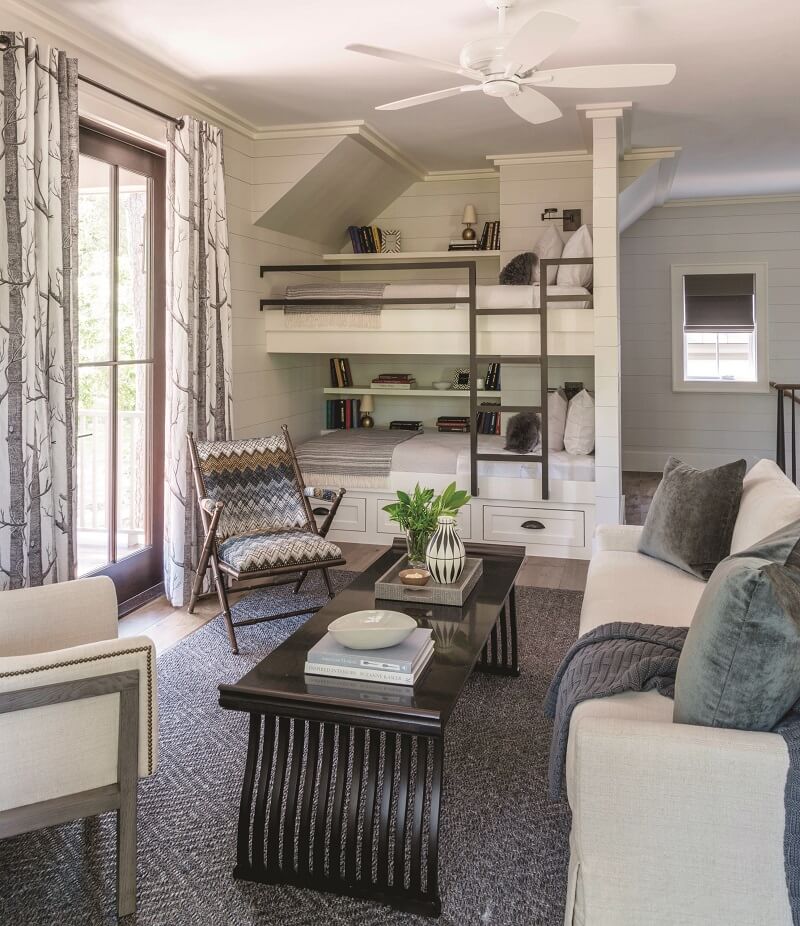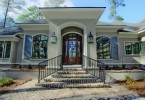YOUR ENTRYWAY SETS THE TONE FOR YOUR HOME. MAKE SURE IT’S INVITING, ATTRACTIVE AND EFFICIENT.
There’s an old saying, “you only get one chance to make a first impression.” This applies to homes as well as people. Whether your home is big or small, the entryway can set the tone for experiencing the whole house
One way to start making a big impression that can be energy efficient is with the front door. It’s the first thing your guests see when they stop by for a visit, and the last thing they notice as they leave.
Entrance door styles have expanded over the years to include hundreds of panel designs, patterns, transom and sidelite configurations, and glass selections. Each option can drastically change the look and energy characteristics of your home. A quick Internet search on a home improvement or door manufacturer website can help you familiarize yourself with current trends, available products, and ideas of what these products might look like on your home.
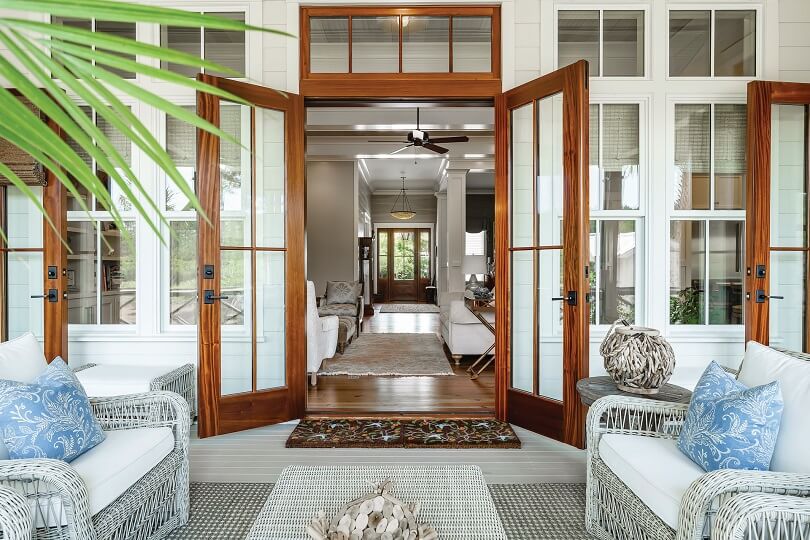
SELECT YOUR STYLE Begin the process of selecting a door by choosing the type of material you want. Wood, fiberglass and steel are the primary options, and each offers varying advantages. Real wood provides more detail in the panels and comes in a wide variety of grains and colors. Fiberglass provides the look of wood, but is easier to maintain, won’t crack or split, and is better insulated. Steel is the most economical choice and has glass options like a fiberglass door, but doesn’t offer as much detail.
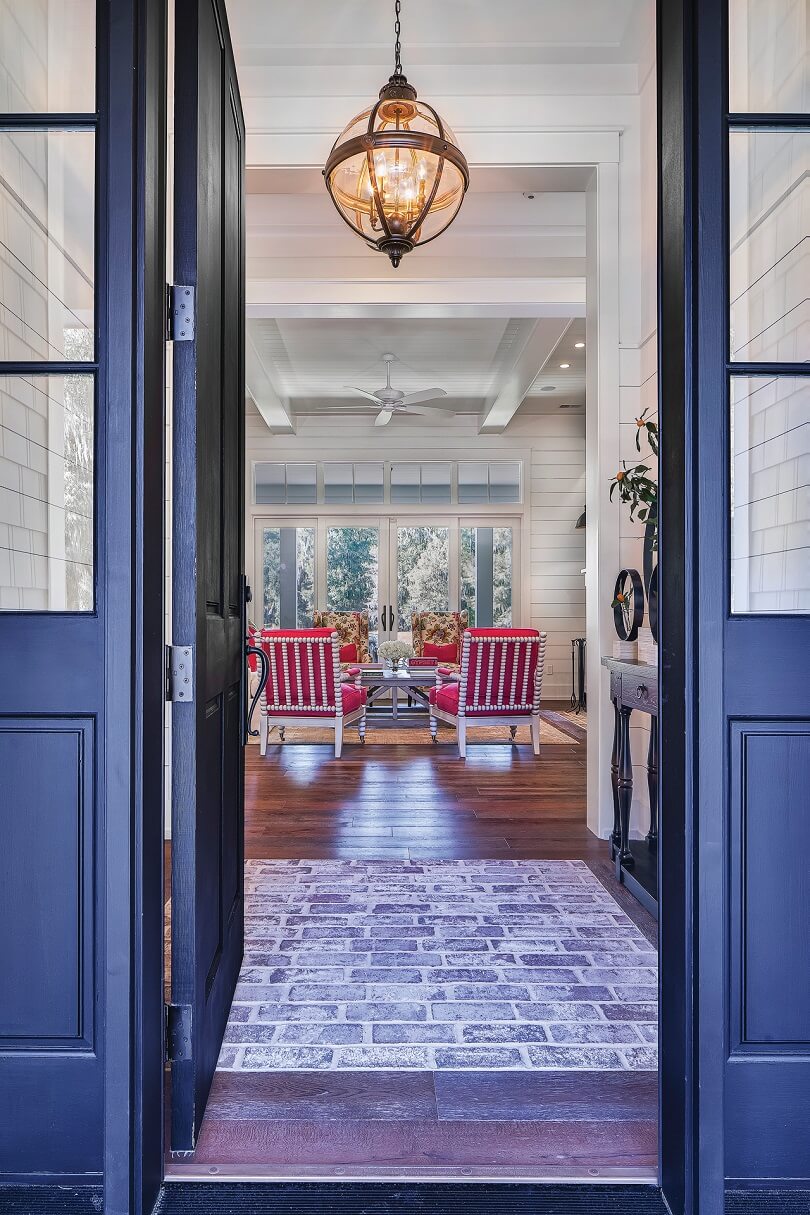
Door styles range from simple craftsman to elegant and ornate. The decision should largely fall with your home’s design. With homes moving toward “light and bright,” doors with glass are more prominent than ever. But it is important to explore the benefits of insulated over decorative glass to maintain energy efficiency. If privacy is a concern, consider sidelights with privacy glass or transoms that are above the door.
Make sure the size of the door fits the scale of your home. Taller than normal doors with unusual panel configurations are trending, but unless you have a large entry, these will appear overwhelming.
STAY EFFICIENT After determining the style that’s right for your home, check the door you’ve selected for quality and energy rating. Two ratings to be familiar with are Energy Star and NFRC (National Fenestration Rating Countil). These indicate the door’s efficiency. An Energy Star label documents the door’s U-Factor and Solar Heat Gain Coefficient (SHGC), while an NFRC rating uses national standards to rate energy performance. Another rating that affects homeowners in coastal regions is the Impact Certification and Design Pressure (DP) rating. These help ensure your door can stand up to high winds.
Since most heat loss occurs around the door rather than through it, also check the quality of the door’s construction, its water barrier and threshold systems and the quality of weather-stripping. Today’s doors are vastly different from the ones found 20 years ago. Manufacturers have engineered better techniques for maximizing air tight seals between door and frame, preventing water infiltration and drafts, and even stopping intruders with multi-point locking hardware. Each manufacturer approaches these issues differently, so research which is best for your home.
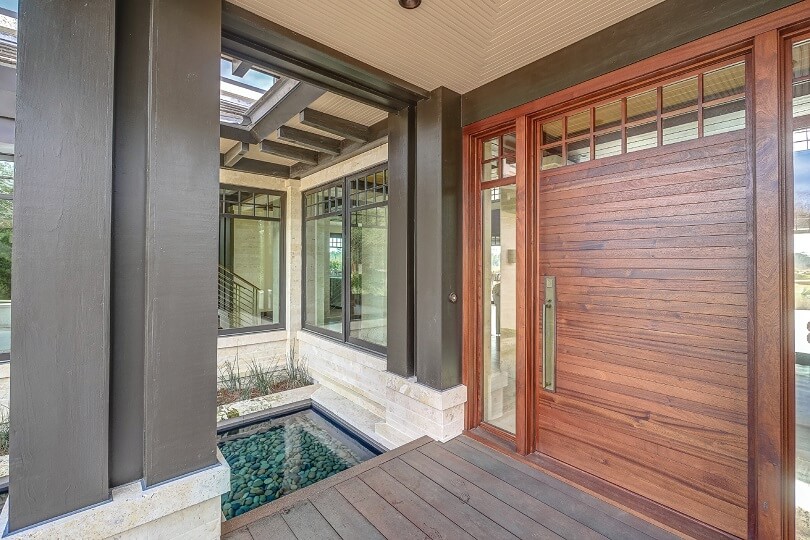
A GOOD FIT Proper installation is key to making sure all of the door’s features work properly. Talk to your builder about the practices they use to prevent water and air intrusion like using flashing, installing plumb, and incorporating the house wrap into the door installation. Also, choosing a pre-hung door system is easier to install correctly. Factory-built frames get the kinks out before the door reaches your building site, so the builder only has to make minor adjustments for a tight fit.
If you want to go the extra mile, keep an eye out for doors that are environmentally safe or locally sourced. Many manufacturers offer selections using recycled material, low VOC primers and adhesives, and wood that is certified sustainable. With a little research, you can have a door that is beautiful to behold, yet smart working and environmentally sound.

